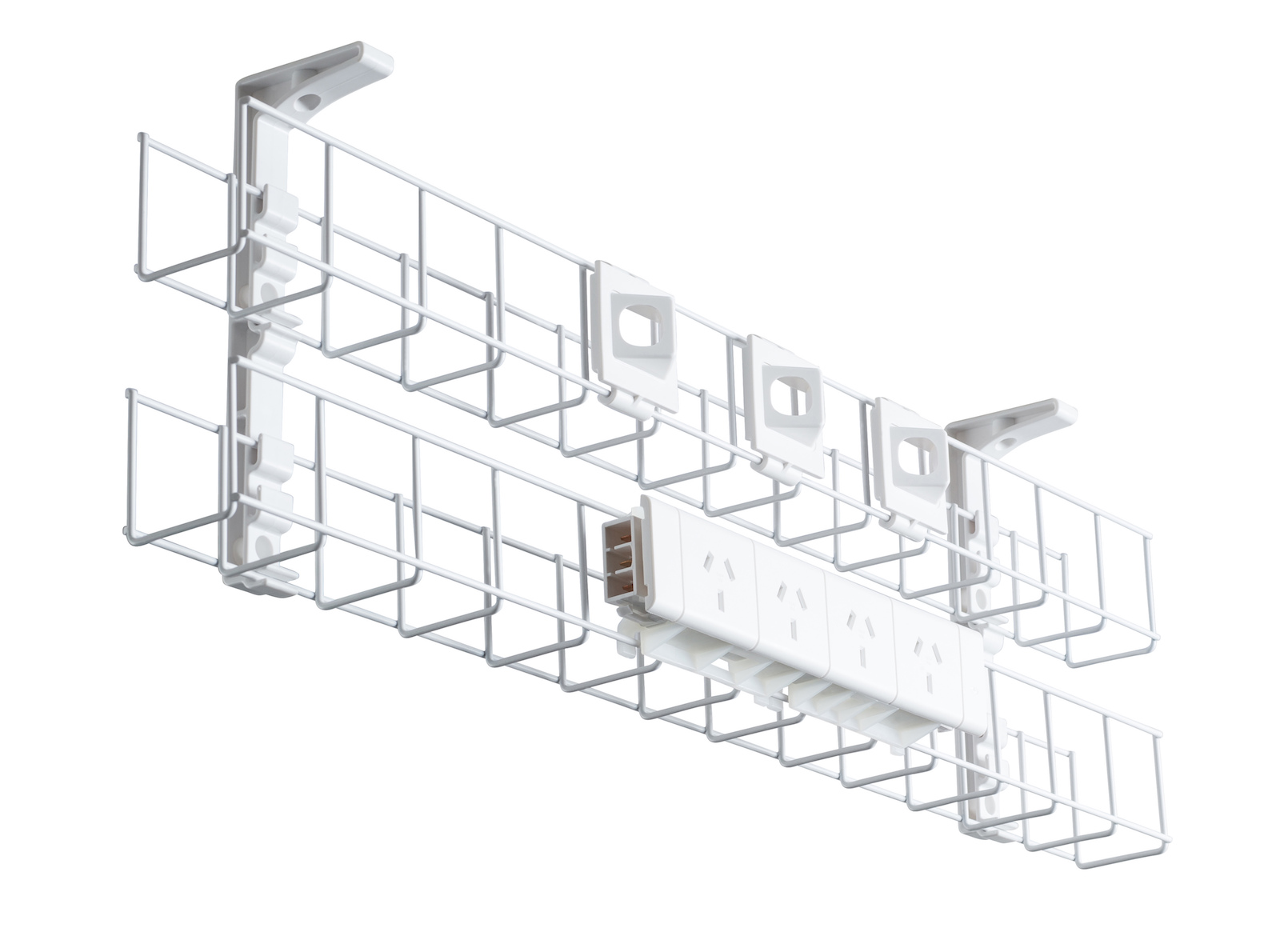
Blog series: Combat sitting with a standing desk! | Part One: the history
Over the next three months, we invite you to join us for our standing desk blog series. This three-part series will investigate the rise in popularity of the standing desk, the different types of standing desks that are available, and the health benefits associated with minimal sitting time and the risks of prolonged sitting!
Part one begins with the history of the standing desk, and how they’ve quickly grown in popularity in offices all over the world!
UPDATE: Find part two of standing desk blog series here!
UPDATE #2: Find part three – the final part – here!
The history of standing desks
Let’s begin with this statement: our bodies were not designed to sit. To explain we must go back … way back!
As bipedalism evolved, an upright gait was always maintained and we were fitter than ever, freeing up our hands for other uses.
Think back to the dawn of mankind, where we were walking, running, hunting, crawling, swimming, throwing, and carrying every single day to survive.
We weren’t relying on machinery, computers, and electronics to do things for us – we did it all ourselves.
Fast forward many years to 1797, when Presbyterian minister Job Orton uttered the following words:
During the 18th and 19th centuries, more people started to see how standing while working and writing could help increase productivity, enhance concentration, and promote creativity.
Standing desks was even seen as a sign of prestige: many notable leaders, artists and writers used standing desks, including Leonardo Da Vinci, Ernest Hemingway, Napoleon, and Winston Churchill.
As machines have taken over the bulk of work in various industries like mining, construction, and farming, we’re taking a seat (literally) – there’s been a steady increase in sedentary jobs since the 1950s: according to the American Heart Association, sedentary jobs have increased 83 per cent since the middle of last century; now, 75 per cent of our jobs are sedentary, compared to the 25 per cent that are physically active.
Poor posture is the result of our sedentary lifestyle
How many times have you complained about a sore back, shooting neck pains, and stiff shoulders? Has it become something you just “deal with”? Poor posture has probably become second nature to us. Amongst sitting at our desks all day, driving, slinging a bag over the same shoulder, and bad sleeping positions, we’re settling for bad posture and finding it harder and harder to correct.
Additionally, seemingly simple tasks – like lifting or carrying – can produce significant damage to a back that has been weakened by years of prolonged sitting.
We’ve evolved from hunter-gatherers who simply kept an upright, moving posture all day, and changing that to a sedentary, weak lifestyle!
As Job Orton outlined, ditching your chair and regular office desk for a stand up desk (at its correct height) means you’ll have no choice but to stand up straight, strengthening your back muscles that have previously been static.
Sitting all day in an office chair presents the not-so-perfect opportunity for us to twist and hunch our bodies into awkward positions, often to relieve back or lower leg pain. This relief is only temporary, though, and it’s causing more havoc on our bodies than we may even realise.
Adjustable standing desks can change the way you work!
An adjustable standing desk gives us the freedom to alternate between sitting and standing throughout our days, and that’s the clincher here: you should never force yourself to stand all day; instead, at the push of the button, switch it up as many times as you need to during the day.
Keep up with the series and join us for part two in a fortnight: standing, sit stand, and height adjustable: what’s the difference?
(PS: There are many other health risks associated with sedentary sitting, and we’ll address them in greater detail in part three – stay tuned!)
If you would like anymore information on Ergomotion’s range of adjustable standing desks, contact us today – fill out our form or give us a call!
If you liked this post, why not share it? Use the links below!






